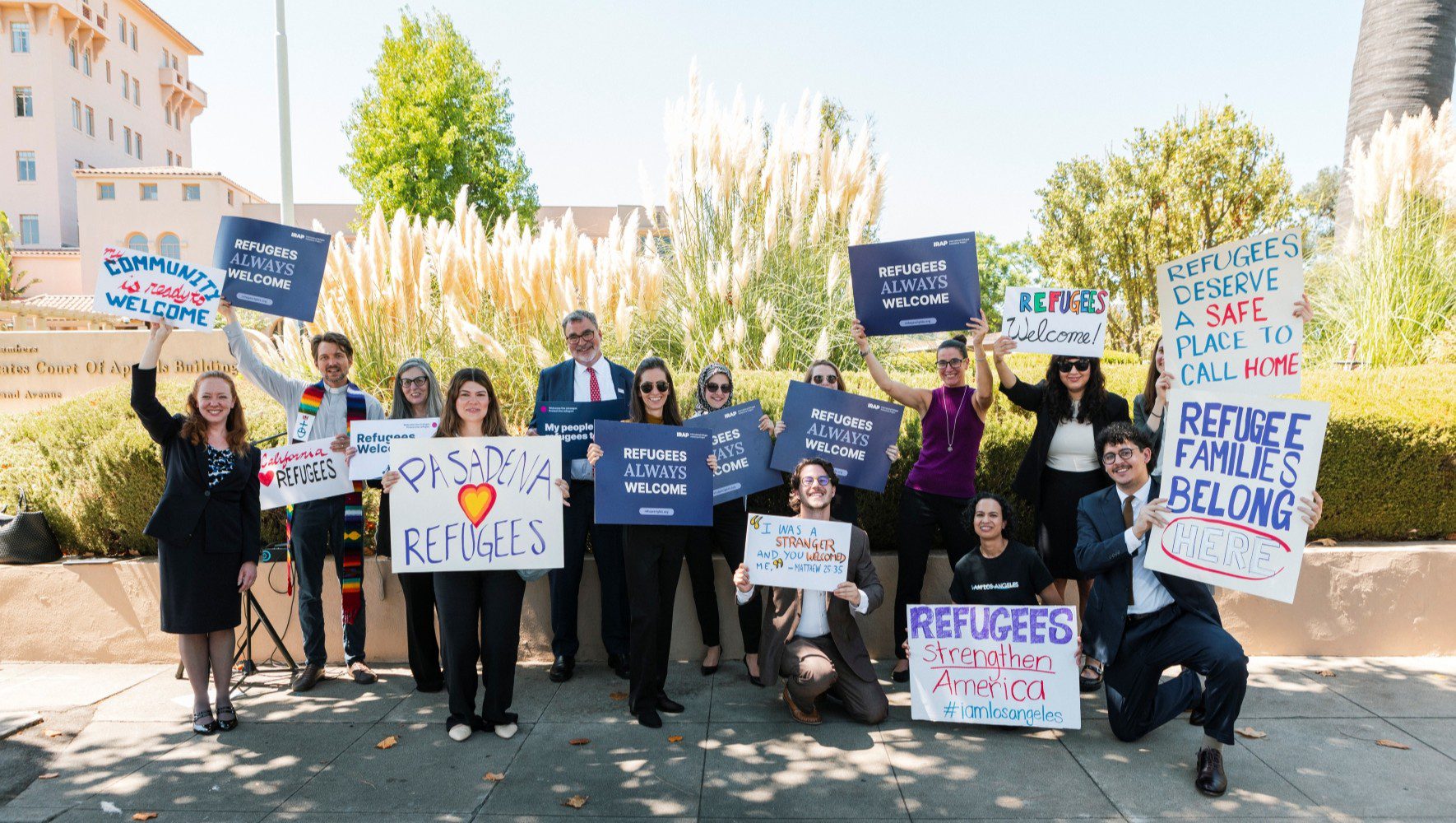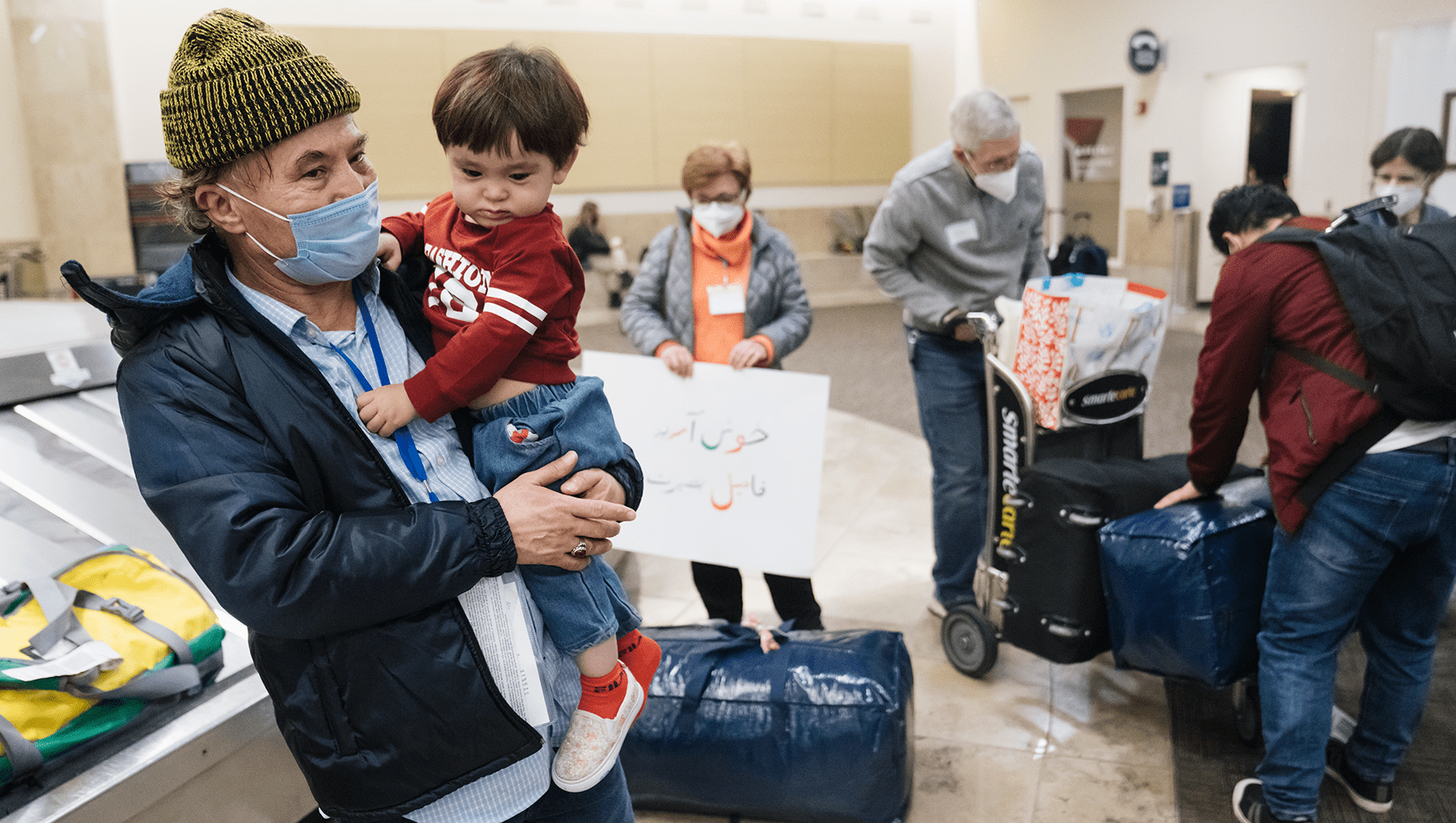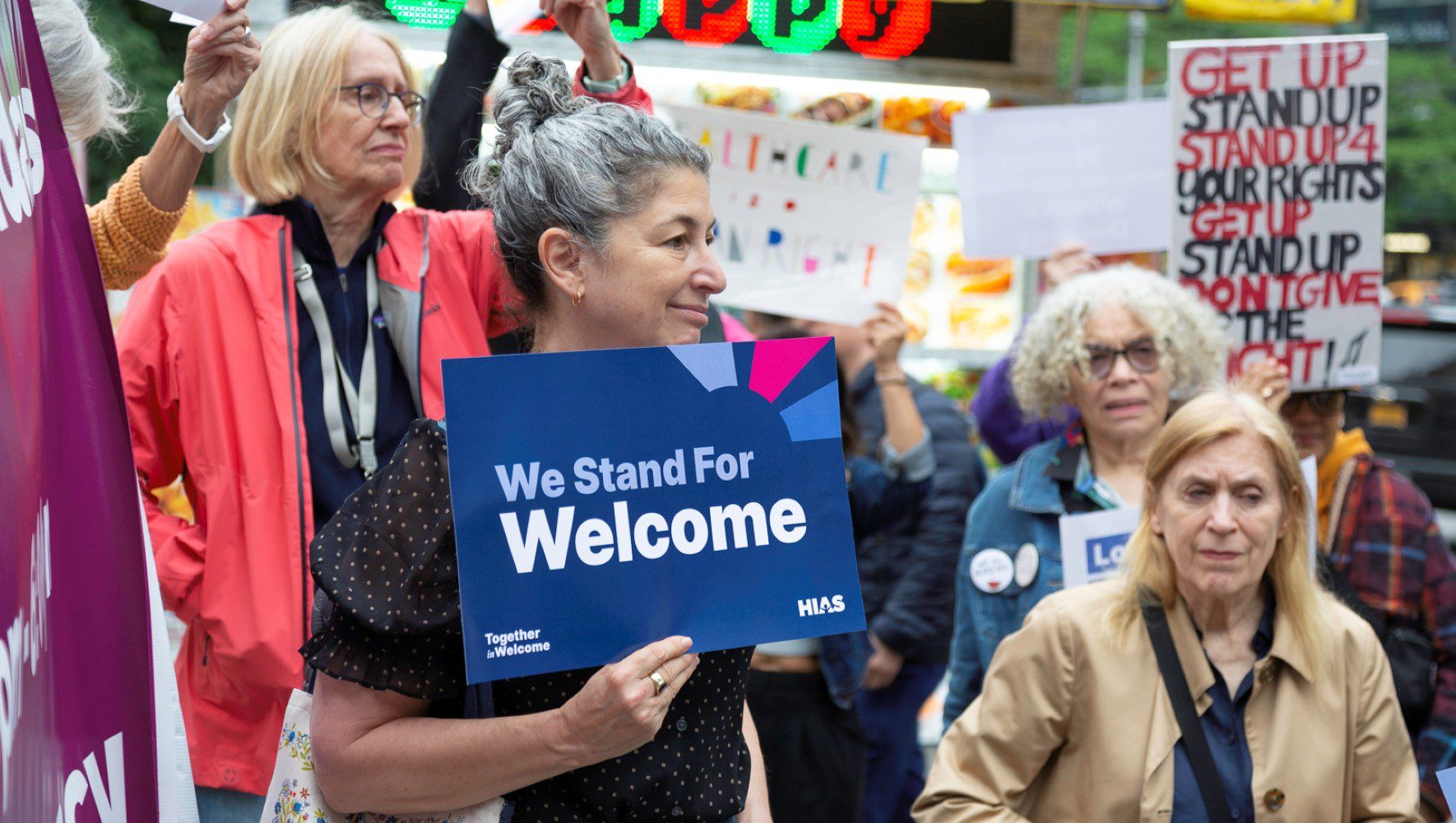Remembering the Lessons of the St. Louis
By Sharon Samber, HIAS.org
Jun 05, 2020

MS St. Louis, Antwerp, Belgium 1939.
Getty Images
Saturday, June 6, marks 81 years since the day the German passenger ship MS St. Louis carrying 937 people – nearly all Jewish refugees fleeing Nazi Germany – was denied entry to the United States. In late May 1939, the liner was turned away from its original destination of Cuba, and days later the U.S. government refused to allow the refugees into the country. Forced to return to Europe, 254 of the original passengers ended up being killed in the Holocaust.
HIAS sees this anniversary as a time to not only examine the past but see the unfortunate parallels in the present. The current administration’s asylum and immigration policies recall the tragedy of the doomed ship.
The U.S. government has instituted policies, such as the notorious family separation program, which took thousands of children away from their parents. The “Remain in Mexico” program has led to more than a thousand publicly reported cases of murder, rape, torture, kidnapping, and other violent assaults against asylum seekers and migrants.
Tragically, these policies show how America seems to have forgotten the lesson of the journey of the St. Louis. The U.S. right now is also grappling with racism and the effects of systemic violence, with protests raging across the country.
“There is no place for racism and hate in our country, and there will be no justice until we stand together and demand it for everyone,” said Rebecca Kirzner, HIAS’ senior director for grassroots campaigns. “This country will never be a welcoming place for refugees until the devastating acts of violence against black Americans (including those who came to this country as refugees) cease.”
The St. Louis sailed so close to Florida that passengers could see the lights of Miami. But the State Department insisted on following the existing quota system that allowed only about 26,000 people from Germany and Austria into the United States each year. A State Department official telegraphed the passengers, telling them that they “must await their turns on the waiting list and qualify for and obtain immigration visas before they may be admissible into the United States.”
Today there are more forcibly displaced people in the world than at any point since World War II, and yet the U.S. has committed to admit the lowest number of refugees (18,000) in the past 40 years of modern day refugee resettlement. The country has also closed the southern border so that at this time no one is allowed to seek asylum, a flauting of international law.
Refusals to adjust immigration policies in times of crisis can have devastating effects, but the question remains how to not repeat the past.
HIAS continues its work along the U.S. southern border despite the asylum system having effectively come to a halt.
You can take action for refugees and asylum seekers and also participate in HIAS’ advocacy through HIAS@Home.



